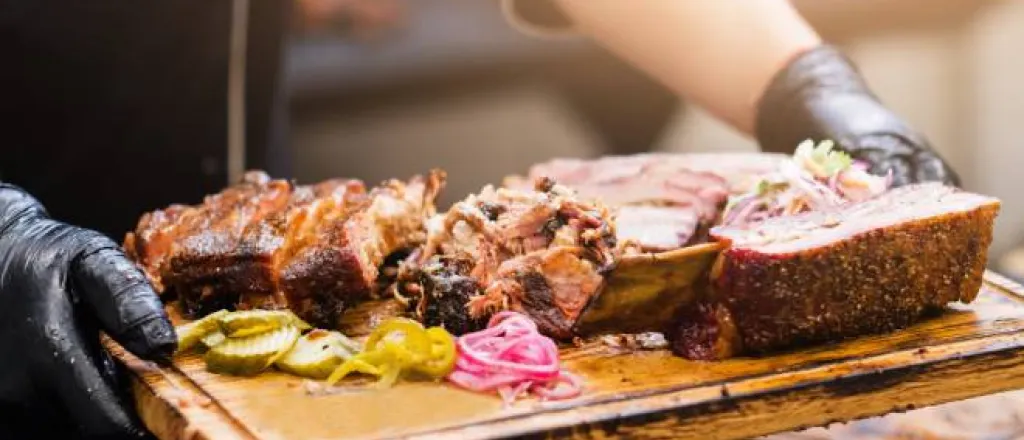
Meat Preparation Tips for Your Restaurant
©
Proper meat preparation is essential for any restaurant looking to deliver high-quality dishes to its customers. Whether you're running a steakhouse or a bistro, the techniques you use to prepare your meat can significantly impact the flavor and texture of your dishes. Here are four meat preparation tips to ensure your restaurant serves the best meat possible.
Selecting Quality Cuts
The foundation of great meat preparation begins with selecting high-quality cuts. Source your meat from reputable suppliers who can provide consistent quality. Look for cuts with good marbling, as the fat within the meat enhances flavor and juiciness. Understanding the different cuts of meat and their best uses can help you make informed decisions that will elevate your menu offerings. For example, ribeye and tenderloin are excellent for grilling, while brisket and chuck are better suited for slow cooking.
Proper Marinating Techniques
Marinating is a crucial step in meat preparation that can enhance flavor and tenderness. The key is to use the right balance of acid, oil, and seasoning. Acidic ingredients like vinegar, citrus juice, or wine can break down muscle fibers, making the meat more tender. However, avoid over-marinating, as too much acid can turn the meat mushy. Depending on the cut and type of meat, marinating times can vary from a few hours to overnight. Experiment with different herbs, spices, and aromatics to create unique flavor profiles that will set your dishes apart.
Optimal Cooking Temperatures
Cooking meat to the right temperature is essential for both safety and taste. Invest in reliable meat thermometers and train your staff on the importance of reaching the correct internal temperatures. For example, chicken should be cooked to at least 165°F, while medium-rare beef is best at around 135°F. Understanding the nuances of cooking different types of meat can help you achieve the perfect doneness every time. Consistency in cooking temperatures ensures that each dish meets your restaurant's standards and delights your customers.
Tenderized vs. Nontenderized Meat
Understanding the difference between tenderized and nontenderized meat is crucial for menu planning and customer satisfaction. Tenderized meat has been mechanically or chemically treated to break down muscle fibers, making it easier to chew. This process can be beneficial for tougher cuts, allowing you to offer a wider variety of dishes. However, some customers prefer nontenderized meat for its natural texture and flavor. Deciding when to use tenderized vs. nontenderized meat can help you cater to different tastes and ensure your menu is well-rounded.
Now that you know these meat preparation tips for your restaurant, you can enhance the quality of your dishes and meet the diverse preferences of your customers. By selecting quality cuts, mastering marinating techniques, cooking to optimal temperatures, and understanding the use of tenderized vs. nontenderized meat, you can achieve culinary success at your restaurant.
















